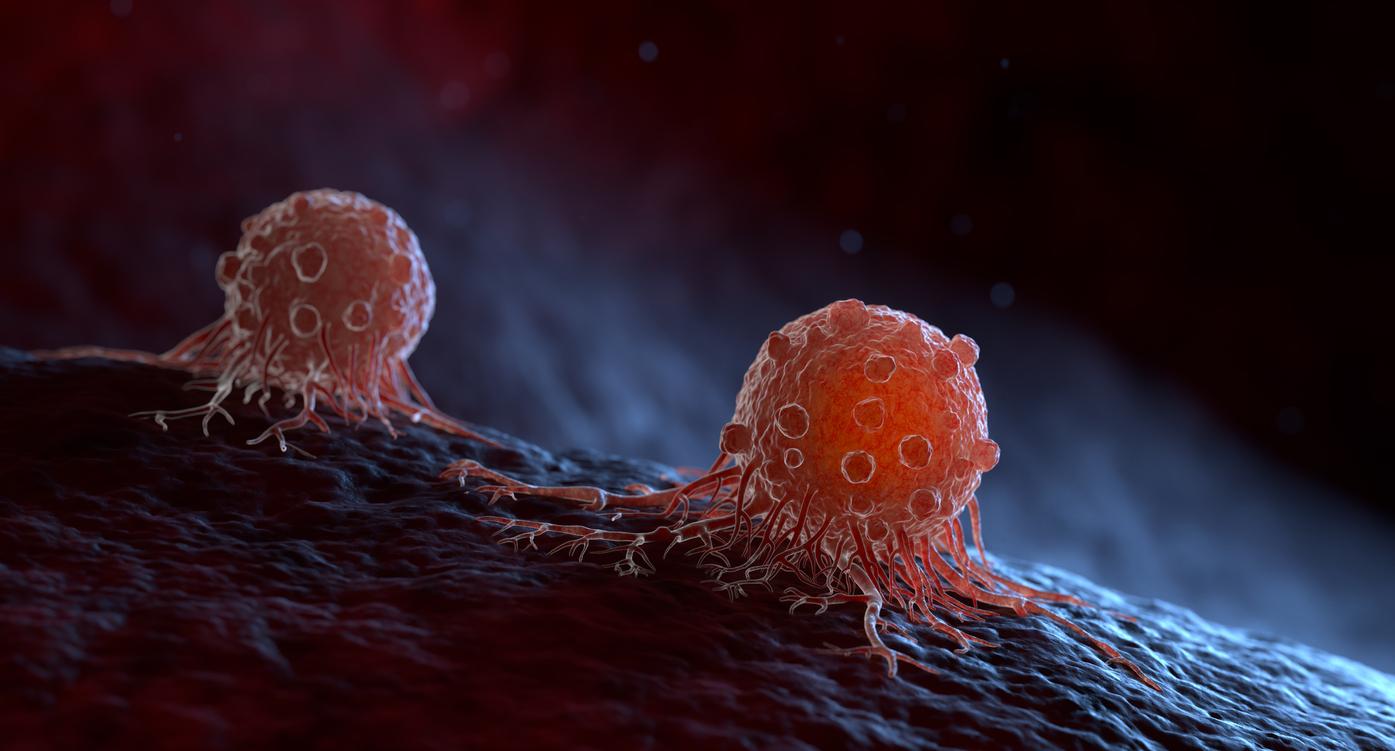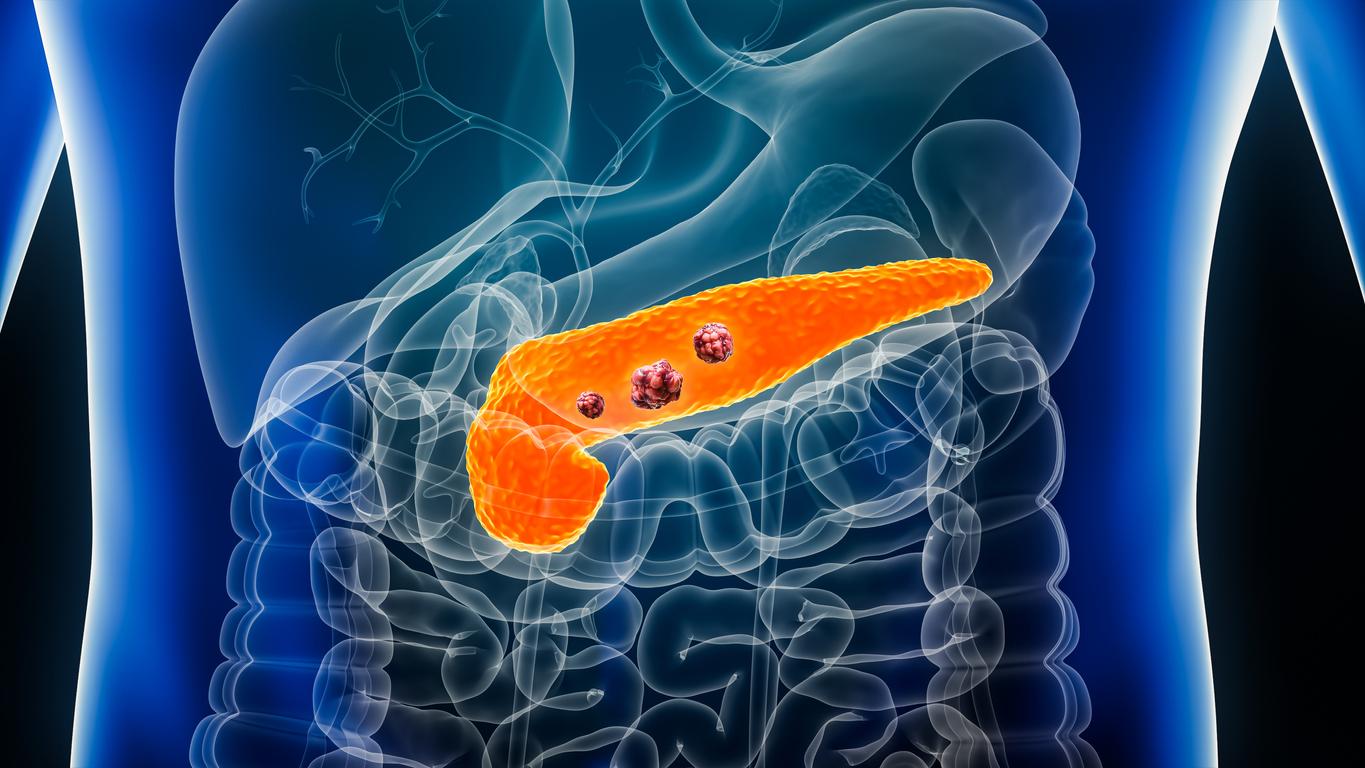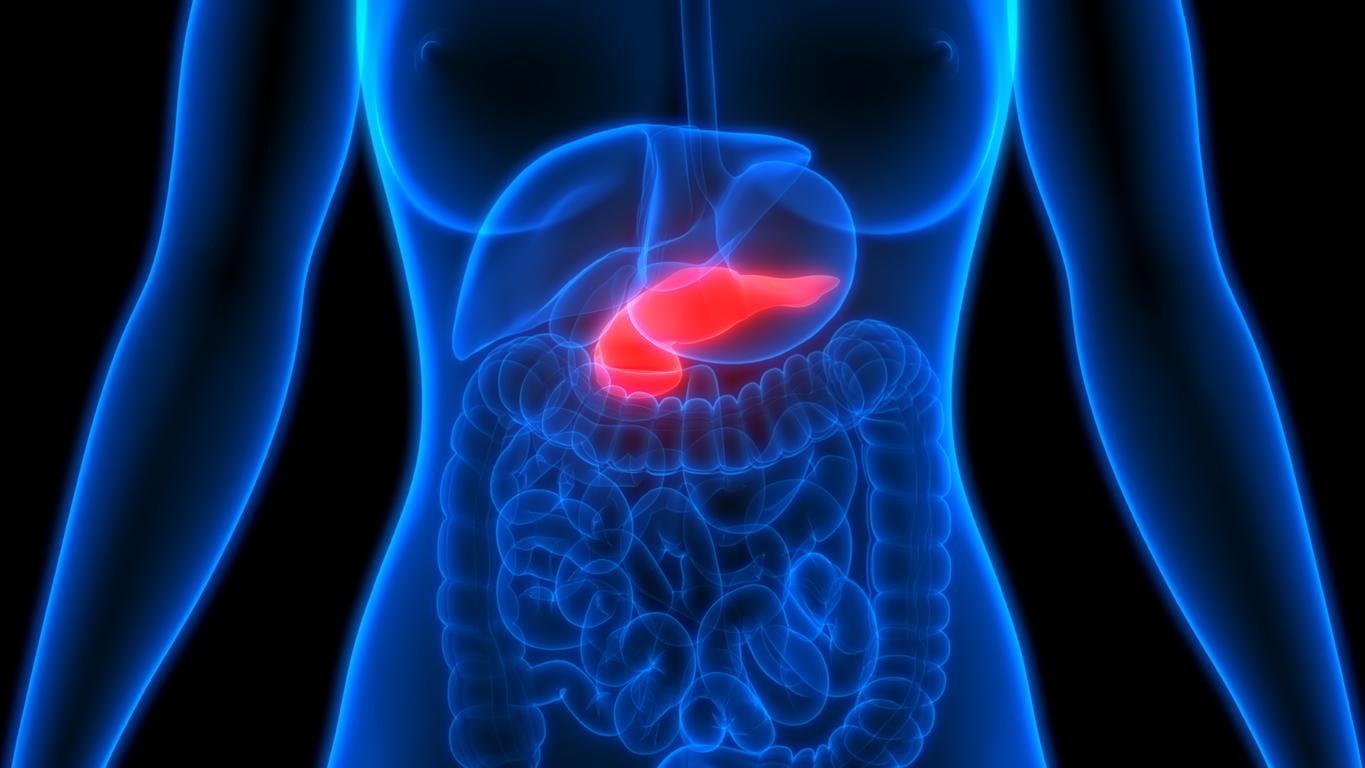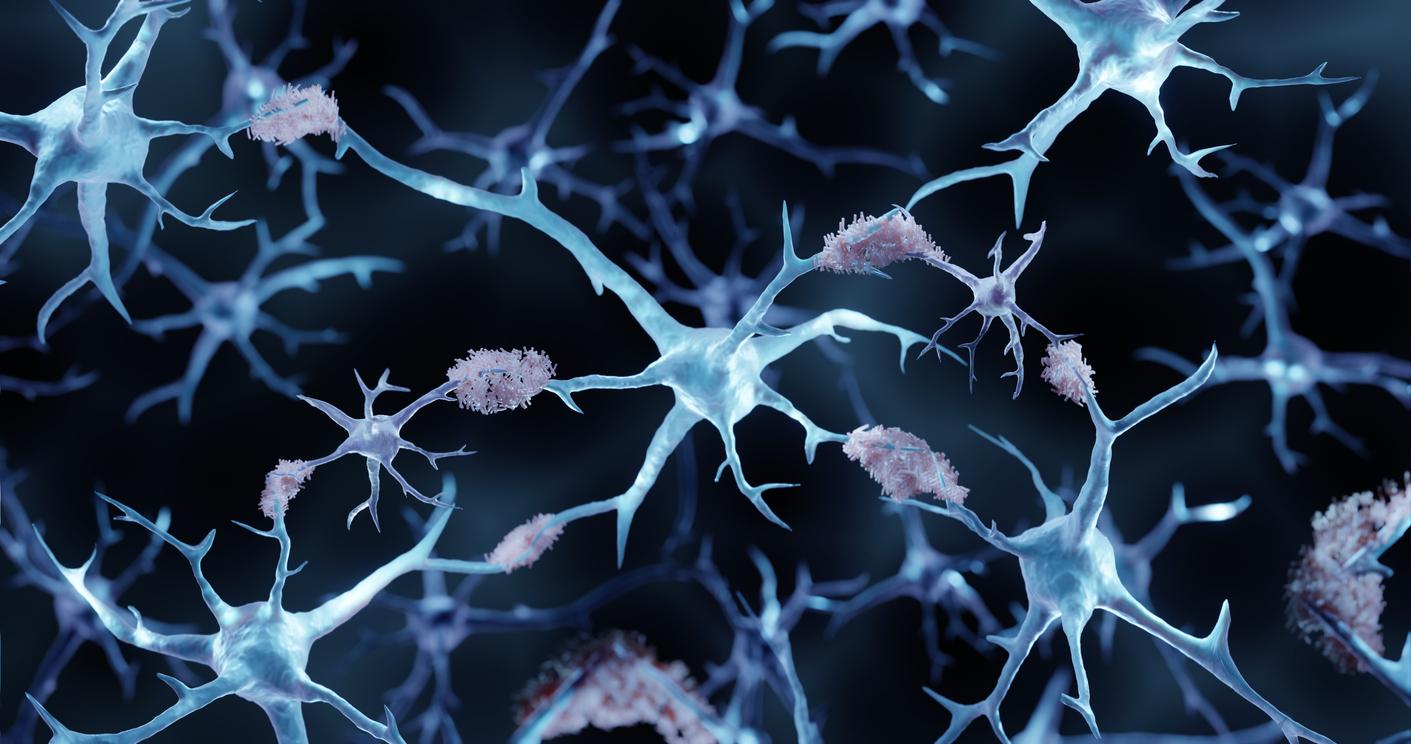A team of researchers from the Mayo Clinic in the United States made a major discovery last year about how pancreatic cancer progresses and metastasizes.

- Researchers have discovered a key mechanism in the progression of pancreatic cancer.
- DOCK8 protein, overexpressed in cancer cells, promotes tissue invasion and degradation.
- This discovery opens the way to new targeted therapies to improve patient prognosis.
Pancreatic cancer is one of the most aggressive and difficult to treat cancers, with a five-year survival rate of less than 10%. Its rapid progression and ability to spread to other organs (metastasize) make this disease a real challenge for medical research.
It is in this context that a team of researchers from the Mayo Clinicin the United States, has made a major breakthrough. Their work, published in the journal Cell Reports end of August 2023, reveal a key mechanism in the progression of pancreatic cancer cells, opening up new therapeutic perspectives.
Lysosomes: key players in the progression of pancreatic cancer
THE lysosomesoften described as the stomach of the cell, play a crucial role in metabolism and intracellular signaling. These organelles, filled with digestive enzymes, break down proteins, lipids, and other nutrients, allowing cells to grow. Previous studies have shown that increased lysosome activity is a key feature of various forms of cancer.
Based on this observation, Mayo Clinic researchers examined the characteristics of lysosomes in pancreatic cancer cells, particularly those associated with KRAS mutations. By comparing lysosomes from cancer cells expressing the mutated oncogenic KRAS gene with those from cells expressing healthy KRAS, they sought to understand the fundamental differences.
The discovery of the DOCK8 protein
The analysis revealed 52 proteins that had changed on the surface of lysosomes in pancreatic cancer cells. Among them, one protein stood out in particular: the Dedicator of Cytokinesis 8 (DOCK8) protein.
This protein plays a significant role in tumor progression.
DOCK8 protein is involved in the formation of invasive protrusions that can traverse cells, modify their structure and degrade their environment. This transformation and invasion capacity is essential for the progression and metastasis of pancreatic cancer.

Therapeutic implications
This discovery opens new perspectives for the treatment of pancreatic cancer, a disease often diagnosed at an advanced stage and associated with a poor prognosis. By targeting lysosomes and the DOCK8 protein, the researchers hope to develop therapies that can inhibit the progression of cancer cells and prevent the formation of metastases.
Current therapies for pancreatic cancer, such as chemotherapy and radiation therapy, focus on destroying existing cancer cells. However, these treatments can have significant side effects and are not always effective in preventing the spread of cancer. By specifically targeting intracellular mechanisms such as those involved in lysosome activity and DOCK8 protein function, it may be possible to develop more targeted and less toxic treatments.
The importance of future research
The discovery of the involvement of lysosomes and DOCK8 protein in pancreatic cancer progression highlights the importance of further research in this area. Future studies should focus on validating these findings and exploring ways to effectively target these mechanisms in novel therapies.
Mayo Clinic researchers continue to work on understanding the metabolic pathways that cancer cells hijack and how these discoveries can be translated into clinically viable treatments. Collaboration with other institutions and the use of animal models and human clinical trials will be essential to moving forward in this direction.
The discovery of the mechanisms involved in the progression of pancreatic cancer cells, in particular the role of lysosomes and the DOCK8 protein, marks a significant advance in the fight against this devastating disease. By opening up new therapeutic perspectives, this work offers hope for more effective and less invasive treatments.

















